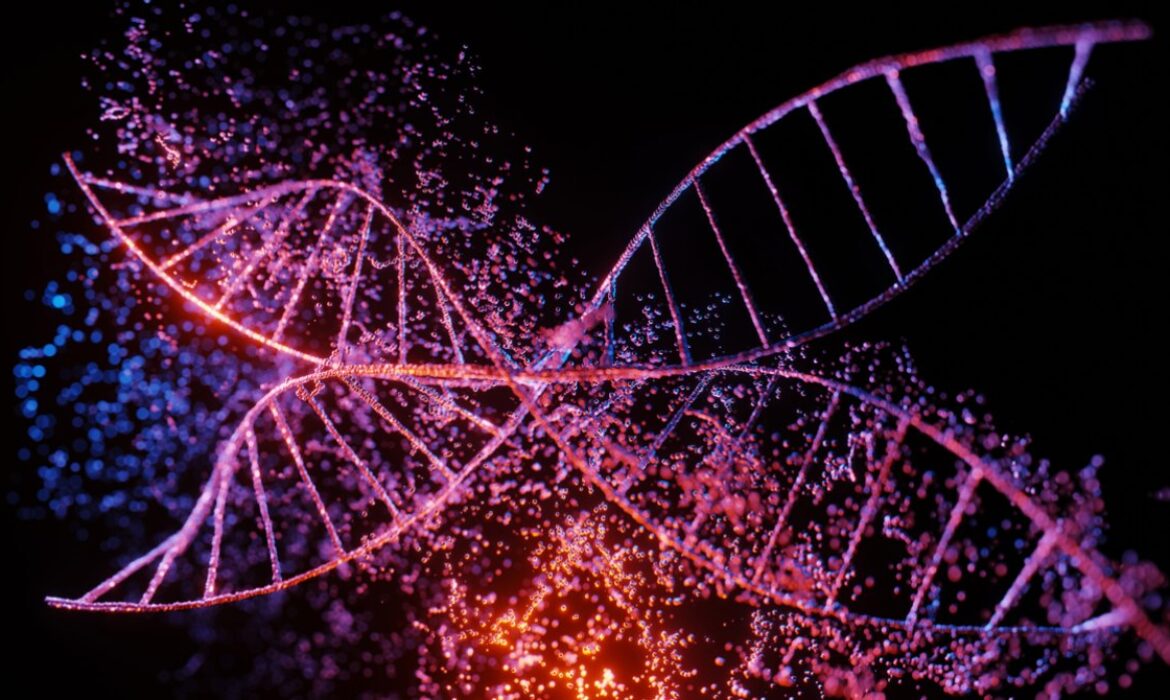‘Butterfly effect’ may explain some genetic causes of autism
A new study suggests that mutations in regions of the genome that help control gene activity may influence the development of autism.
A “butterfly effect” may help explain how autism-related genes in DNA get switched on. A new study suggests that, through this complex ripple effect, mutations in genes unrelated to autism end up influencing the activity of genes tied to the disorder.
How does this work? DNA contains genetic material called promoters, which essentially switch genes on and off. Because DNA is twisted and coiled in a 3D shape, these promoters can control genes that are located far away from them in the DNA’s sequence. In other words, if you stretched out all the kinks in the DNA, the promoter and genes would be far apart, but introducing folds in the molecule brings them close together. The promoter and the genes it controls form a regulatory “unit” called a topologically associated domain (TAD).
Because of this complex mechanism, someone who doesn’t have mutations in autism-linked genes may still develop the disorder due to mutations elsewhere in their genome — in promoters. That’s the idea explored in the new study, published Friday (Jan. 26) in the journal Cell Genomics.
Autism is highly heritable — it’s estimated that between 40% and 80% of cases are tied to genes passed down through families. However, autism can also be caused by mutations that spontaneously arise in DNA.
Such mutations have recently been discovered in “non-coding” regions of DNA, which comprise about 98.5% of the genome. These regions include promoters and are known as “non-coding” because they don’t contain instructions to build proteins, like genes do.
Until now, little was known about how mutations in non-coding DNA impact someone’s likelihood of having autism spectrum disorder (ASD). The new study begins to address that question.
The study authors analyzed the genomes of more than 5,000 people with autism, along with those of their siblings who didn’t have the condition and acted as a comparison group. The team were specifically looking for the presence of non-heritable mutations. They used specialized techniques to capture the 3D configuration of the genome and define TAD boundaries around autism-linked genes.
The team found a direct association between autism and TAD-related gene regulatory mechanisms — specifically TADs that contain genes known to be linked to autism.
For full article, please visit: https://www.livescience.com/…/butterfly-effect-may…


